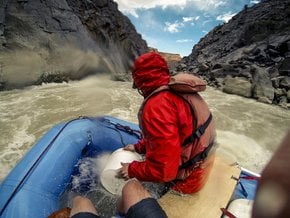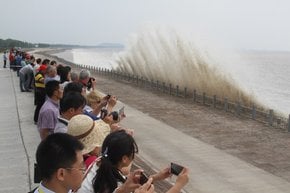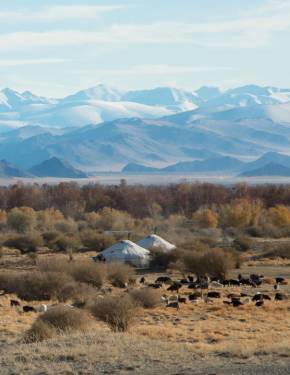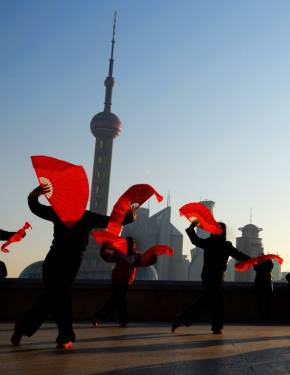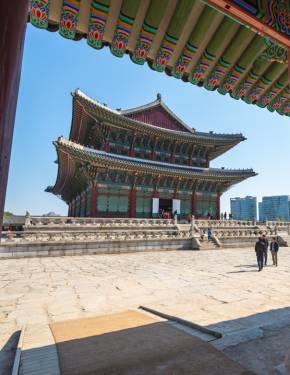Sheepskin Rafting in China 2026
Chinese invented inflatable rafts long before the modern civilization—sheep were of a great use
Best time: May–October
The ancient Chinese were probably the first rafters in the world. Their sheepskin rafts have been ferrying people and goods along the Yellow River for thousands of years. Sheepskin is not a metaphor, the rafts were literally made of inflated skin bags tied to a wooden frame.
In fact, back 2500 years ago it was the only way to cross the treacherous river. Believe it or not, the biggest raft could consist of as many as 600 sheep skins, it was 22 meters long, and 7 meters wide, and it was able to carry the weight of up to 30 tonnes.
Sheepskin rafting wasn't popular along the entire basin of the river, but mainly in three provinces: Qinghai, Gansu and Ningxia, but particularly around Lanzhou. In this area, the tradition has survived through ages. However today the sheepskin rafts are mainly used for the amusement of tourists, rather than a means of transportation.
The process of sheep skins preparation remains quite the same as it used to be in ancient times. It starts in November when sheep are fatter, and their skins are hence thicker. Carcases are cured and the smell of rotten meat spreads around. The next step is shearing, which requires particular caution, as the tiniest hole can become a problem. Afterwards, the skins are moistured with oils, it makes them water-repellent and easier to inflate. In spring the skins are dried until they are yellow in colour—it means at last they can be inflated.
It's essential that the skins are blown up by mouth, as it's also believed that moisture in human breath makes them more lasting. Yes, they aren't everlasting, on average a sheepskin bag is to be used for up to 4 or 5 years, but only on condition that it's properly cared after—every day they have to be dried, and once a month the keeper has to moisture it in salty water and oils.
Modern rafts consist of 12 to 15 skin bags, which is not as impressive as 600 items, of course. However, rafting on sheepskins is like living through the ancient history, a unique experience available only on the banks of Yellow River. In Lanzhou, the season starts in May when all the ice has melted and continues until October.











